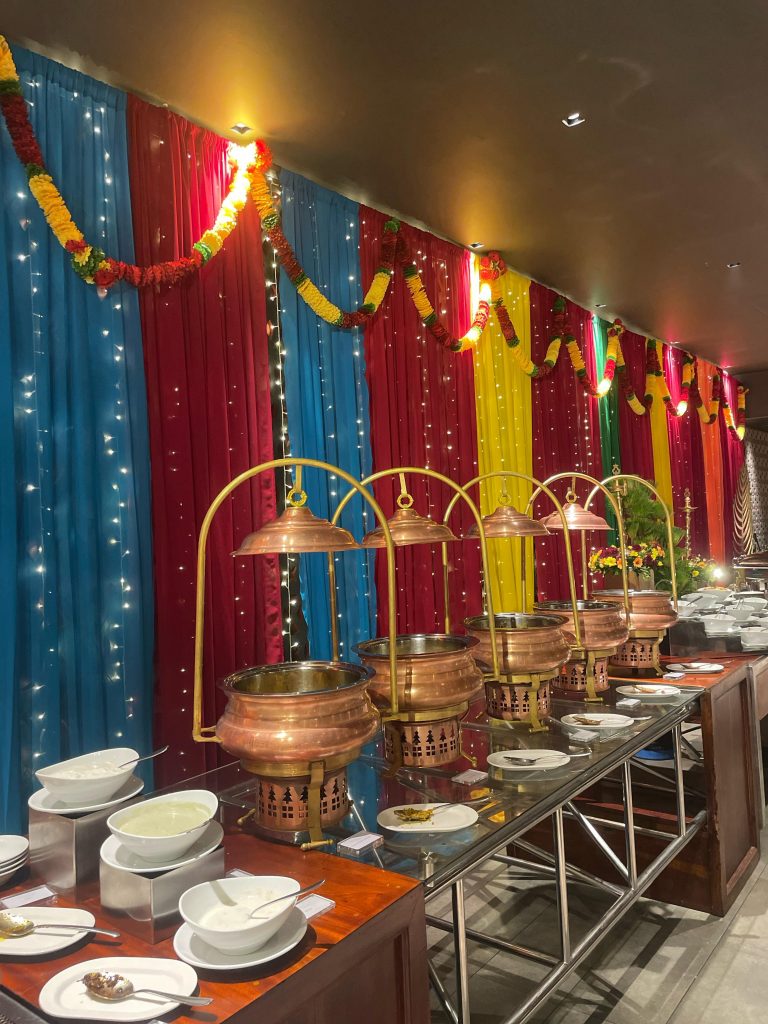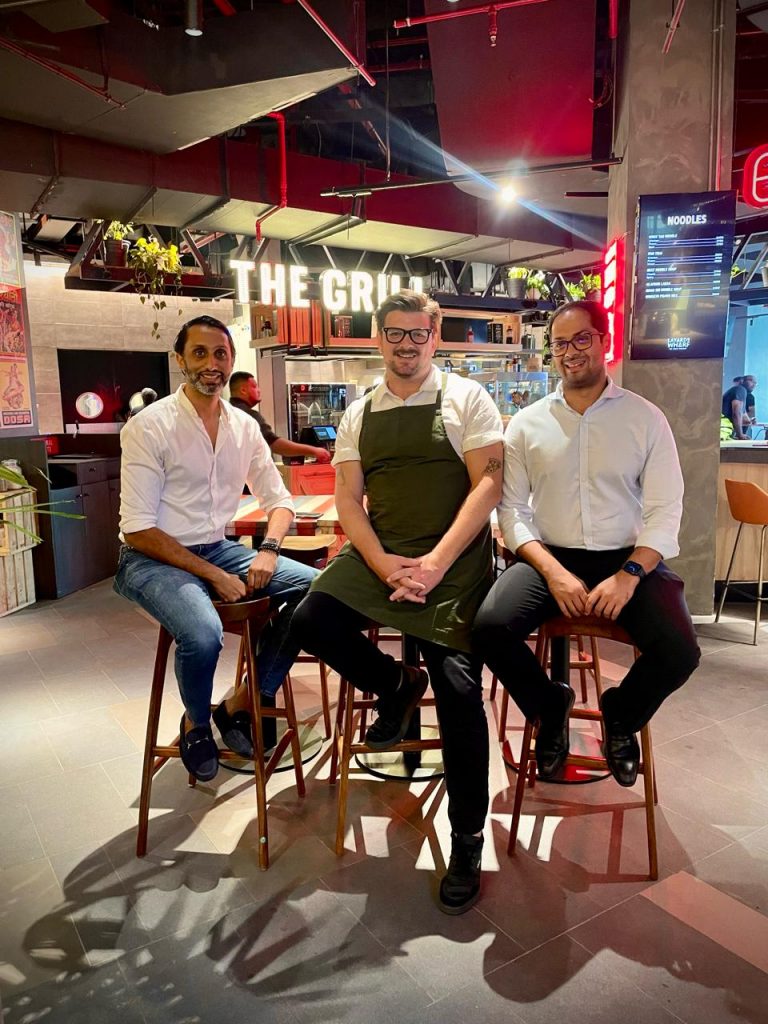Photos of the animals and video by Luke Tidball
The Dehiwala Zoo is kind of depressing if you’re an animal lover, ironically, because a lot of the animals live in sad situations here. Some of the animals have wider greener spaces to live in now though – there’s a huge bird park and a butterfly park, and an African lion who has his own prowling ground when a few years ago he was stuck in a cage. His two lion friends are still in a closet-like cage on the next block though, so we’re not sure what the zoo is going for.
Entrance
Man, the zoo gates are all high security now. We don’t get why, perhaps they’re afraid people will smuggle out an ostrich or two. But it’s likely that it’s because they’re making solid money out of the ticketing. The gates have a couple of policemen keeping watch, two ticket counters, and electronic silver bars that open only when you place your fancy pass on the sensor. The gates are flanked by a series of men and women selling stuffed rag dolls, bags of mangoes and those little colourful paper windmills.
Entrance is for Rs. 100. There’s one thing that’s really stupid about the ticket counters – if you’re a foreigner, or you don’t look local enough and you don’t have your ID at the time – they’re going to demand you pay 2500 rupees for your ticket (which is what happened to my friend). It’s a huge rip-off paying that much to tour this zoo. There are no boards telling people about the local rate except one small print in Sinhala – can’t really whine about this because it’s how a lot of countries are about ‘national’ spaces, but the epic discrepancy between the rates is what’s disturbing. Apparently the far right counter is a secret channel for tourists – even the paper windmill guy told me and my friend to move to that line, because the zoo hawkers can get bossy (the mango guy waved the bag of mangoes in my face and demanded I buy them and feed them to the monkeys inside).
Anyway, I told my friend to hide his foreigner-ish self in the bushes while I bought local tickets, and we got in. Later a policeman approached us to check if we were indeed Sri Lankan. It was annoying.
The animals
A lot of the zoo is just the same as we remember it from ten years ago – the same hand-painted signs, the same random empty cages you peer into and wonder if there’s something interesting hiding in there somewhere, the exact same rusted cages (their cages are in serious need of a re-do), the same dirty glass surfaces, the same vague smell of poo, and unfortunately, the same depressing treatment to most of the felines and elephants.
It has, however, become greener than we remember, and you do get to see a nice variety here, especially of birds. Plus now there’s a huge butterfly park – we just saw two butterflies, the rest were hiding in this massive mini- jungle we assume, but the air is notably fresher inside this area. There’s a bird park too, built on a height, opening out to wild trees in the back. You’ll hear birds squawking and singing in the trees and you might catch a row of tiny ones hop past you on the pathway. These mini parks have been allowed to grow wild so the animals have a fresh growing space to inhabit, and they’ve got nice platform-like walkways that meander through the space.
The macaws, bright colourful fellows in big cages (not big enough for a bunch of birds tbh), were the most animated birds on the block – their squawking sounded like monkeys in heat and there’s a man who’ll let you feed them tiny pieces of bread, which they’ll come for by climbing the cage mesh with their legs and beaks.
But let’s be honest, on a trip to the zoo most of us want to see the jaguars, bears, chimps, lions and elephants. And maybe the giraffes, we love giraffes. The jaguar was very sadly in a small cage that barely allows it 10 paces back and forth, it was surrounded by at least 30 crows during feeding time – next to it were two adult lions having to share a cage of the same size. There was a sign saying animals are being moved now because of refurbishment though, and we saw an African lion elsewhere enjoying a full open garden prowling space, so we’re hopeful that the zoo is undergoing some semblance of change.
The bears are in the same expansive open rock space they’ve always been in and were enjoying a nice hosing-down in the heat when we got there. The sloth bear was holed up in a horrifyingly small cage and was alarmingly swaying back and forth. The tiger was lying on his side and wailing and the Bengal tiger was depressingly immobile inside his pool of bathing water. The chimpanzees were chilling atop a big wooden structure made of rough logs – we stopped for a chat with them and learnt they wished they had more trees around though (and their monkey friends in ugly, dirty cages wished they could be on the outside like the chimps). The giraffes were awesome as usual, hanging out together in a large area and eating leaves from large bunches hung from a support. The snake-cave was as usual: dirty glass windows, poorly equipped aquariums, and snakes sleeping in dark corners.
Watching the elephants was, without any excuse, cruel and difficult. They were, as they have been since ever, chained on one front leg and one back leg, made to stand beneath large open warehouses, just so visitors could stare at them. Ganga, whom I remember from many years ago, is now much bigger, and just like before swayed back and forth in a weak attempt to struggle out of her chains.
Food
There’s a little restaurant somewhere in the zoo now, where you can hang out and have a burger, and also the typical ice-cream cone and water stand. We didn’t find the cotton candy man though, we suspect he is no more.
Pimping up the zoo
We’ve all heard enough of complaints about the zoo’s treatment of animals. We have to say though that it has improved to some small extent since years ago, which is better than not having improved at all: some of the birds have better roaming space in their private park and so does one of the African lions, some of the concrete walls of the zoo have been replaced by mesh that provides a view of a jungle of trees, and overall the zoo is now a lot greener. There’s also a children’s park now, with a tree house and everything, for its majority of visitors: school kids.
A lot of work needs to be done about providing the animals with wider roaming spaces, they need to do away with treating animals as purely exhibits in boxes, and make their habitats more natural — it’ll be a win-win situation for everyone involved. They need appropriate maps set up for easy navigation – because you’re really just freestyling around the zoo, like ‘let’s go that way and hope we come across the monkeys at some point’. The sign boards need to be updated too, they’re full of typos and lack information.
Also something has to be done about those crows. They’re everywhere and they will try to crap on you.
Conclusion
We think the zoo is a neat trip for just Rs. 100. Some of it is depressing, but some of it is still fascinating (like watching the chimps interact with each other). We think the elephants need to be rescued though, and that most of the animal-spaces need to be more animal-friendly.














